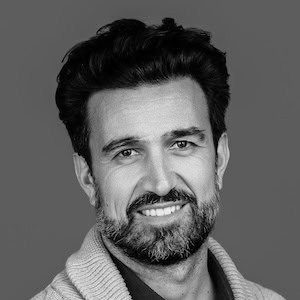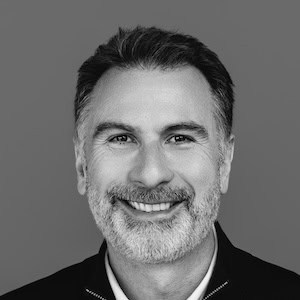-
Optimism, Confusion and Soul-Searching: The Financial Inclusion Compass 2019 Reveals a Sector at an Inflection Point
It's not your imagination: Financial inclusion is getting more complex. As Sam Mendelson at e-MFP points out, the sector expands in depth and breadth each year – from new products and players to increased expectations of impact. To cut through the confusion, e-MFP publishes The Financial Inclusion Compass, a report based on a broad survey of stakeholders, who share their views on the sector’s present and future. He discusses some highlights from the 2019 report.
- Categories
- Finance
-
The Hidden Value of Untapped Ideas: Three Development Sector Approaches that Deserve a Second Look
The development challenges facing African countries – from income inequality to crippling infrastructure gaps – are huge and growing. But while tackling these issues will require innovative responses, “innovative” may not necessarily mean “new.” Aubrey Hruby at the Atlantic Council’s Africa Center explores three ideas that the development sector discarded – or never considered in the first place – which may hold the key to solving some of Africa’s biggest challenges.
- Categories
- Social Enterprise, Transportation
-
Learning is an Afterthought at Most Donor-Funded Programs: Here’s How to Make it a Priority
Despite the millions of dollars funders spend on it each year, learning remains a low priority within donor-funded programs. Why? According to Anne Maftei at the Mastercard Foundation Rural & Agricultural Finance Learning Lab, it's because these programs are built for implementation rather than knowledge creation. But while this is understandable, it's not ideal – Maftei explores ways funders can make learning less onerous and more useful for their partner organizations.
- Categories
- Impact Assessment
-
Women Feeding Africa: Innovative Business Solutions to Close the Gender Gap in Agricultural Productivity
Women quite literally feed sub-Saharan Africa: They make up 50% of its agricultural labor force and contribute 60-80% of its food. Yet they also face unique constraints that limit their productivity and reduce their returns. What would happen if women could access the same productivity resources as men? Agnes Makena and Racheal Wangari at Intellecap explore that question, highlighting enterprises and initiatives with innovative solutions to support Africa’s female farmers.
- Categories
- Agriculture
-
2020 Will See Mass Market Adoption of Financial Inclusion. Here’s Why.
For many years financial inclusion has been considered a social initiative, part of corporations’ “doing good” role. But according to Josh Gosliner at Juvo, it’s becoming clear that there has to be a bottom-line incentive for companies to direct the necessary resources to the problem. He explores three trends, powered by the emergence of digital technology and big data, that promise to generate transformative business opportunities in financial inclusion in the coming year.
- Categories
- Finance
-
Filling the Funding Gap: Two Innovative Ways to Improve Financing Opportunities for Social Impact Entrepreneurs
Social entrepreneurs often struggle to scale their enterprises because of difficulties accessing tailor-made capital. According to Carola Schwank at Siemens Stiftung's empowering people.Network, this is often due to a clear mismatch in pairing up social entrepreneurs and impact investors. She explores two key solutions to this crucial challenge, featured in Siemens Stiftung's “Innovative Financing for Social Entrepreneurs” report.
- Categories
- Investing, Social Enterprise
- Tags
- impact investing
-
Lighting the Way: How the PAYGo Solar Industry is Expanding to Other Life-Changing Products
Millions of customers in Africa are using lighting generated by PAYGo solar – but lights are just one of many products the PAYGo business model can provide – something the companies working in the sector are beginning to realize. Chris Emmott at Fenix International discusses the vast array of products and services enabled by the new connections PAYGo solar companies are making to rural customers.
- Categories
- Energy
-
Is Vertical Integration Good or Bad for Off-Grid Energy Access? Let’s Get Specific
Pay-as-you-go off-grid energy business models are often vertically integrated, including elements of manufacturing, distribution, consumer financing, payment collection and after-sales service. But some believe it's more cost-effective to outsource many of these aspects of the business model to service providers. Paul Clyde and Colm Fay at WDI argue that vertical integration is neither inherently good, nor bad: They explore its history, and its advantages and disadvantages for the nascent off-grid energy industry.
- Categories
- Energy










